Google Cloud allows us to use Windows Server images alongside Linux ones. Before initiating the RDP connection to the Windows Server-based instance, we need to change our initial password.
To do this, click on your Windows Server instance and choose Set Windows password:
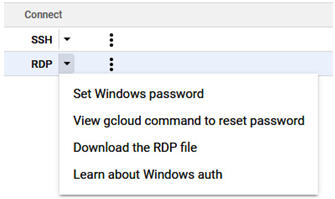
Figure 4.31 – Setting the Windows instance password
You can either reset a password for the existing user or create a new user by typing a new username in the Username field:
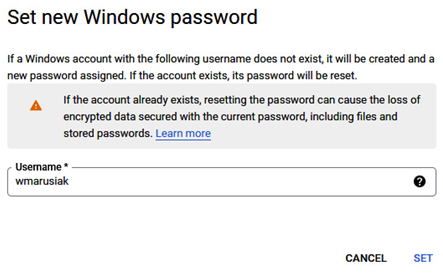
Figure 4.32 – The Set new Windows password screen
After a moment, a new password for the specified user will be displayed:
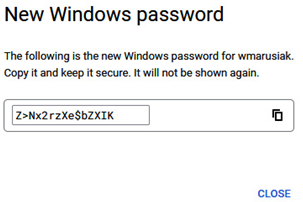
Figure 4.33 – The password for the user displayed in the console
If the port TCP 3389 is open and the firewall rule is created, we can connect using the RDP client of our choice:
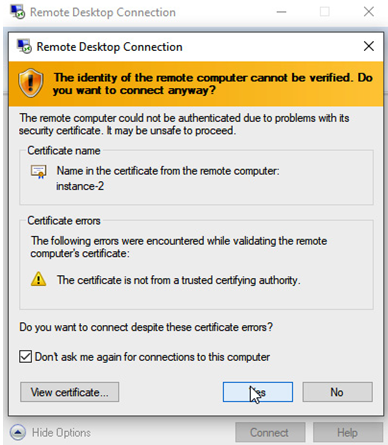
Figure 4.34 – Connecting to the Windows Server instance
After a moment, we are connected to the instance:
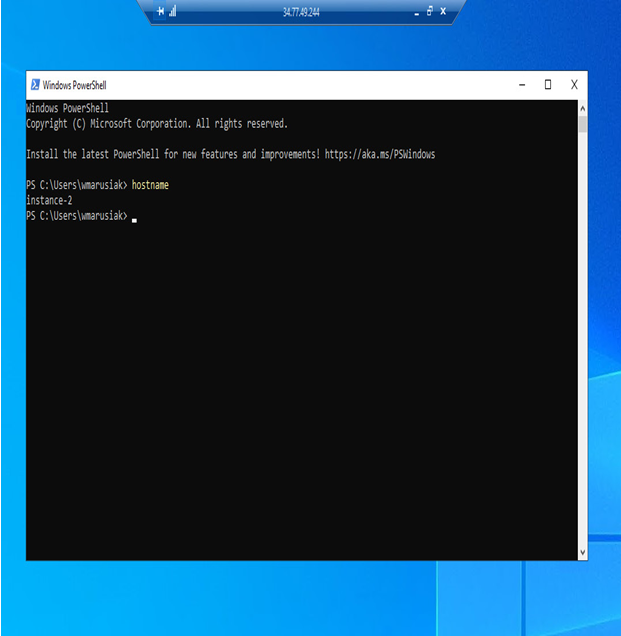
Figure 4.35 – Successful connection to the Windows Server instance via the RDP protocol
Having Windows Server with a public IP and the RDP protocol exposed on the internet is a bad idea. This also applies to Linux servers and open SSH ports exposed on the internet.
The best solution is to restrict connectivity to your company, or use network IP ranges to minimize security breaches.
The best and most secure way to connect to our instances is to use IAP or bastion hosts, as described earlier in the chapter.
An essential part of using Compute Engine is storage-related operations. It is impossible to cover all combinations of tasks, so we will list the most important ones that will help you gain practical knowledge and confidence when taking the Associate Cloud Engineer exam.
GCE Storage options
Compute Engine offers several storage options for VM instances. Each of the following storage options has unique price and performance characteristics:
- Persistent Disk volumes provide high-performance and redundant network storage. Each Persistent Disk volume is striped across hundreds of physical disks:
- By default, VMs use zonal persistent disks and store data on volumes located within a single zone, such as us-west1-c
- It is also possible to create regional persistent disks, which synchronously replicate data between disks located in two zones and provide protection if a zone becomes unavailable
- Hyperdisk volumes offer the fastest redundant network storage for Compute Engine, with configurable performance and volumes that can be dynamically resized.
- Local SSDs are physical drives attached directly to the same server as your VM. They can offer better performance but are ephemeral.
Google Cloud has prepared a great overview of each storage option with information about minimum and maximum capacity, the scope of access, and maximum capacity per instance. To read in detail about each disk type, visit the following URL: https://cloud.google.com/compute/docs/disks#introduction.
Adding a disk to a VM
We will start with one of the most straightforward tasks – adding an additional disk to an instance.
